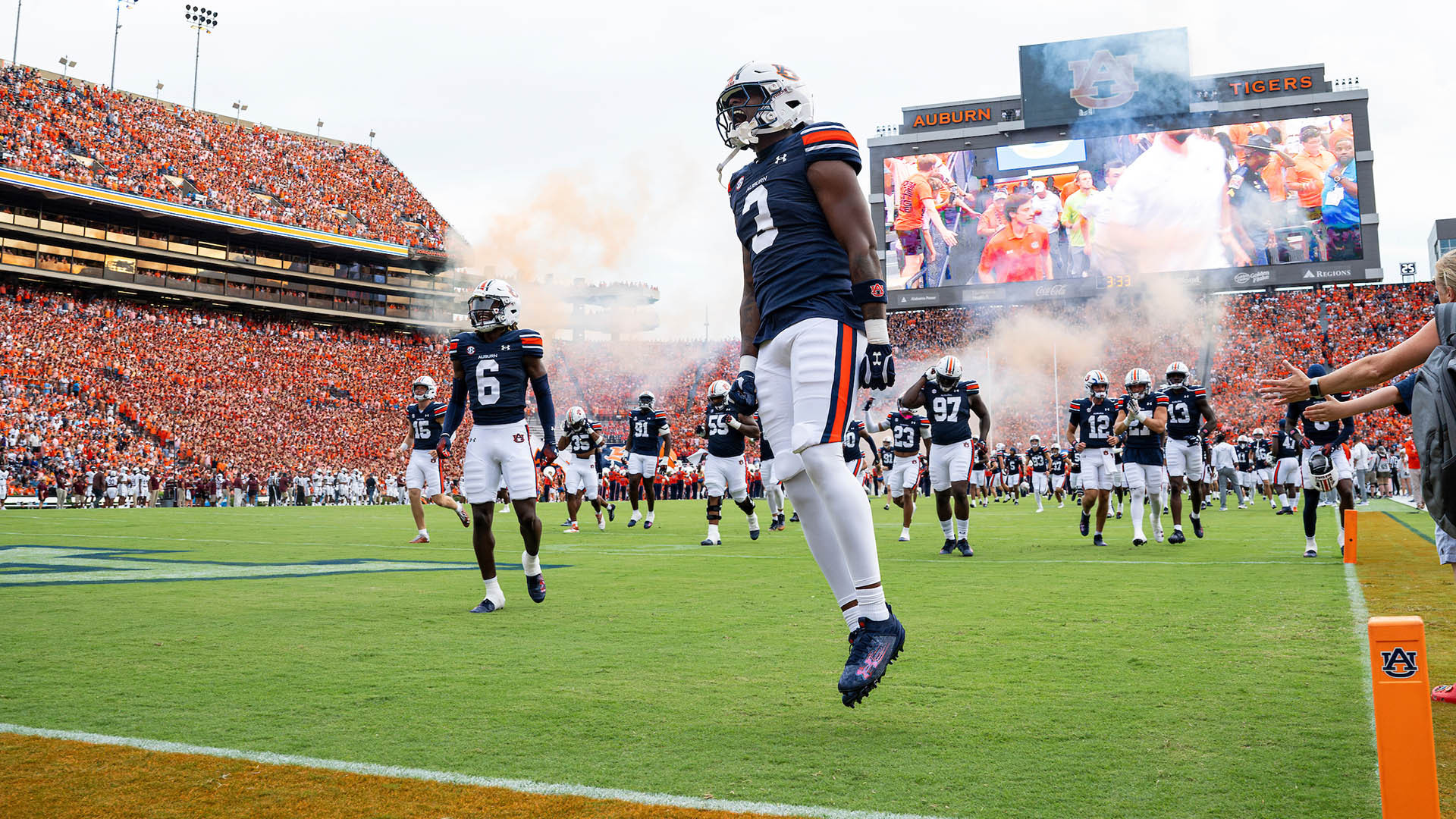If you ever find yourself in Auburn, Alabama, and the Tigers have just clinched a big win, you won’t need a map to figure out where the party’s at. Just follow the joyful noise, the shouts of victory, and—most tellingly—the fluttering streams of white arcing through the night air. They’ll lead you straight to the intersection of College Street and Magnolia Avenue, a spot where the City of Auburn and Auburn University quite literally meet. This is Toomer’s Corner, the epicenter of Auburn’s post-victory celebrations and one of the most beloved traditions in all of college sports.
Toomer’s Corner has been the place to mark Tiger triumphs for decades. Situated right at the edge of campus, it serves as a symbolic gateway between the student body and the town, uniting both in moments of pride. The corner takes its name from a man deeply tied to Auburn’s early history—former Alabama State Senator Sheldon “Shel” Toomer. He wasn’t just a politician; he was also a halfback on Auburn’s very first football team back in 1892. Four years later, in 1896, he founded Toomer’s Drugs, a small business on that very corner. Over more than 130 years, Toomer’s Drugs has grown into an Auburn landmark, known just as much for its place in school spirit as for the lemonade it serves.
The origins of the rolling tradition trace back to the early 20th century, when Toomer’s Drugs wasn’t just a soda fountain—it was also the communications hub for the city. Back then, it housed Auburn’s only telegraph machine. When the Tigers played away games, the store’s employees would wait for the telegraphed results to arrive. If the team had won, they’d celebrate by tossing the narrow strips of telegraph ticker tape up onto the power lines outside. It was an early, analog version of spreading the good news—small bits of paper fluttering overhead like confetti.
Over the years, this practice evolved. The ticker tape gave way to toilet paper, which fans would hurl into the trees, drape over traffic lights, and wrap around every fixed object in sight. But exactly when this transformation into the modern “rolling” tradition began remains a point of friendly debate among Auburn faithful.
David Housel, Auburn’s Athletics Director Emeritus and a living encyclopedia of Tiger history, insists that it didn’t start as early as some think. “We celebrated Pat Sullivan winning the Heisman Trophy there in 1971,” he recalled, “and no toilet paper was tossed.” According to Housel, the true beginning came a year later—November 1972—after one of the most dramatic games in Auburn football history: the legendary “Punt, Bama, Punt” contest.
That game against the Alabama Crimson Tide was the stuff of instant folklore. The Tide came in undefeated, ranked second in the nation, and widely expected to roll over Auburn. Instead, in the final six minutes, the Tigers shocked the college football world by blocking two Alabama punts and returning both for touchdowns, erasing a late deficit and winning 17-16.
The toilet paper element of the celebration was apparently inspired by the Tigers’ own halfback at the time, Terry Henley. Known for his easygoing charm and folksy, Southern drawl, Henley was a favorite of sportswriters. Before the game, he’d made a cheeky promise to fans: “We’re going to beat the No. 2 out of Alabama.” When Auburn delivered, the metaphor became literal in the form of hundreds of toilet paper rolls sailing through the night sky at Toomer’s Corner.
From that moment on, the tradition took on a life of its own. Victories—whether in football, basketball, or any other Auburn sport—were met with jubilant gatherings at the corner. Students, alumni, and townsfolk alike would bring armloads of toilet paper to toss into the air, turning the trees and wires into a frothy, white display of school pride. The ritual became so beloved that it wasn’t just reserved for championship wins or monumental upsets; even regular-season victories could spark a full-blown rolling.
Over the decades, Toomer’s Corner has weathered changes. The iconic oak trees that once bore the brunt of the rolling became cherished symbols in their own right. When those trees were poisoned in 2010 by a rival fan—a heartbreaking blow to Auburn tradition—the community rallied, eventually replanting new oaks so the rolling could continue. The tradition’s survival became a testament to Auburn’s resilience, spirit, and sense of unity.
Today, the act of rolling Toomer’s Corner is more than a celebration—it’s a rite of passage for students and a nostalgic ritual for alumni returning on game days. The scene is one of pure joy: kids darting between the streams of white, parents snapping photos, students chanting the fight song, and strangers high-fiving like lifelong friends.
The energy spills out from the corner and into the surrounding streets, blending downtown Auburn’s nightlife with the school’s traditions. Businesses stay open late to accommodate the crowds, and local police manage traffic so the celebration can unfold safely. In an era where many traditions fade or become overly commercialized, the rolling of Toomer’s Corner remains refreshingly organic—driven entirely by the people who love Auburn the most.
What began with strips of telegraph tape fluttering against power lines has grown into a living, breathing tradition, layered with over a century of Auburn history. From Senator Shel Toomer’s humble drugstore to the electric nights after a victory, Toomer’s Corner stands as both a literal and figurative crossroads for the Auburn family.
Every swirl of white in those oak branches carries echoes of past victories and shared pride. Whether it’s recalling the shock of “Punt, Bama, Punt,” the bittersweet replanting of the poisoned trees, or the first time a freshman throws a roll and sees it catch perfectly in the limbs above, rolling Toomer’s is a celebration rooted in connection. It’s about honoring the past, reveling in the present, and looking forward to the next win that will bring the Auburn faithful back to that special corner where campus and community meet.



